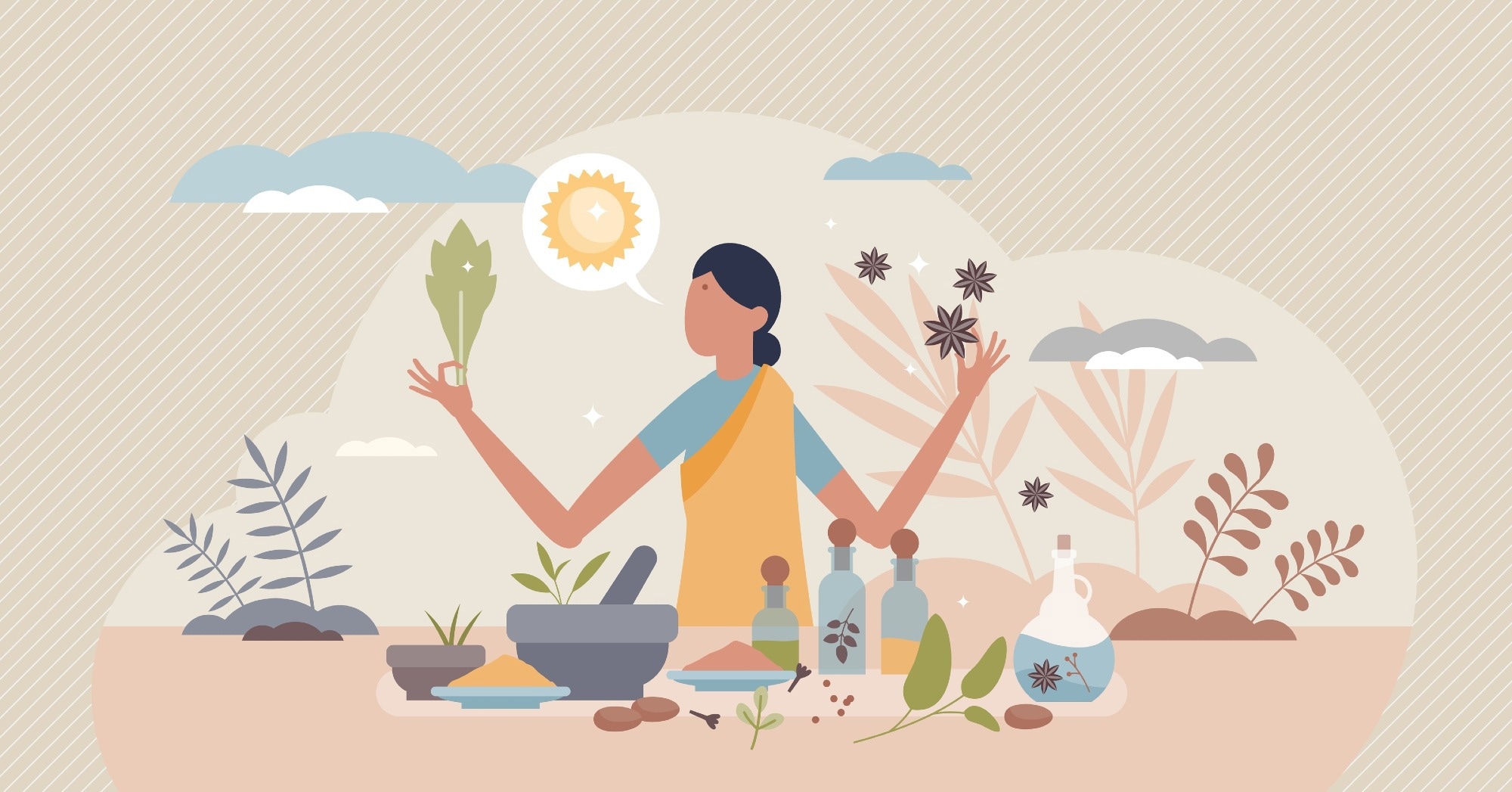In 2025, as stress levels soar and chronic health issues persist, more people are turning to holistic approaches that treat the whole person rather than isolated symptoms. Holistic well-being recognizes the intricate connections between mind, body, and soul, drawing from ancient wisdom and modern science to foster lasting vitality. This isn’t about fleeting trends; it’s a sustainable path that empowers you to thrive amid life’s demands. Backed by emerging research, such as studies showing how integrated practices can reduce anxiety by up to 30% and enhance immune function, this guide provides actionable steps to cultivate balance. Whether you’re battling burnout or seeking preventive care, you’ll find detailed insights to address questions like “How do these elements interconnect?” and “Where do I start?” Let’s explore how nurturing each aspect creates a symphony of health.
Nurturing the Mind: Building Mental Resilience
The mind is the command center of well-being, influencing everything from decision-making to emotional responses. In today’s digital age, mental clutter can lead to overwhelm, but targeted practices can rewire your brain for clarity and calm. Recent analyses highlight that mind-body techniques, like mindfulness, not only alleviate stress but also promote neuroplasticity, allowing the brain to adapt and heal.
Mindfulness and Meditation Techniques
Start with mindfulness to anchor yourself in the present. This practice reduces cortisol levels, the hormone linked to chronic inflammation and disease. Begin simply: Set aside 10 minutes daily for breath awareness. Sit comfortably, inhale deeply for four counts, hold for four, and exhale for four. Apps like Calm can guide you, but the key is consistency—track your sessions in a journal to note mood improvements.
For deeper work, try loving-kindness meditation. Visualize sending compassion to yourself and others; research shows this boosts emotional well-being and even strengthens social connections. If racing thoughts persist, address common hurdles like distraction by starting in a quiet space and gradually building tolerance.
Stress Management Strategies
Chronic stress erodes health, but tools like journaling can help. Dedicate 15 minutes nightly to write three worries and three gratitudes—this reframes negativity and fosters resilience. Combine with progressive muscle relaxation: Tense and release muscle groups from toes to head, easing physical tension that feeds mental strain.
Question often asked: “How do I know if it’s working?” Monitor sleep quality and energy; improvements signal progress. If needed, seek therapy—cognitive behavioral approaches integrate well with holistic methods.
Caring for the Body: Physical Vitality as a Foundation
A strong body supports a sharp mind and nourished soul. Holistic care emphasizes movement, nutrition, and rest as interconnected pillars, with 2025 trends focusing on personalized wellness that considers emotional impacts. Physical health isn’t just about aesthetics; it’s about energy for life’s pursuits.
Nourishing Nutrition and Hydration
Fuel your body with whole foods that combat inflammation and boost vitality. Aim for a rainbow plate: Leafy greens for brain-supporting folate, fatty fish for omega-3s that enhance mood, and berries for antioxidants that protect cells. A simple actionable plan: Prep a weekly salad base with quinoa, chickpeas, and veggies—add proteins like tofu or eggs for variety. Hydrate with 8-10 glasses daily, infusing water with lemon for detox benefits.
Avoid processed sugars, which spike and crash energy. Instead, snack on nuts and yogurt. For those wondering about supplements, prioritize food first; consult a doctor for vitamin D if sunlight is limited, as it links to mental health.
Movement and Exercise Routines
Exercise releases endorphins, bridging body and mind. In 2025, integrated workouts like yoga-pilates hybrids are popular for their dual physical and mental benefits. Start with 30 minutes daily: Walk briskly to elevate heart rate, or try sun salutations for flexibility and mindfulness.
Build a routine: Monday-Wednesday strength (bodyweight squats, planks), Thursday-Saturday cardio (dancing or cycling), Sunday rest with gentle stretches. Listen to your body—overexertion hinders healing. Track steps with a wearable; aim for 7,000-10,000 to support longevity.
The Role of Sleep in Recovery
Sleep is non-negotiable, repairing tissues and consolidating memories. Aim for 7-9 hours; create a ritual: Dim lights at 9 PM, read a book, and avoid caffeine post-noon. If insomnia strikes, herbal teas like chamomile aid relaxation without side effects.
Feeding the Soul: Spiritual and Emotional Depth
The soul represents your essence—purpose, connections, and inner peace. Neglecting it leads to emptiness, but nurturing it amplifies overall well-being. Studies affirm that spiritual practices enhance life satisfaction and resilience against adversity.
Practices for Inner Peace
Cultivate gratitude: Daily, list five things you’re thankful for—this shifts focus from lack to abundance, reducing depression risks. Nature immersion, like forest walks, grounds you; research calls it “forest bathing” for its mood-boosting effects.
Explore spirituality without dogma: Journal prompts like “What gives my life meaning?” uncover purpose. Meditation focused on chakras or energy centers can align soulful energy.
Fostering Connections
Soulful health thrives in community. Schedule weekly calls with loved ones or join groups like book clubs. Acts of kindness, such as volunteering, release oxytocin, fostering bonds and fulfillment. If isolation looms, start small—smile at strangers to build social muscles.
Integrating Mind, Body, and Soul for Holistic Harmony
True vibrancy emerges when these elements align. A 2025 guide to wellness emphasizes integrative practices that honor all three. For example, tai chi combines movement (body), focus (mind), and energy flow (soul).
Create a daily ritual: Morning meditation for mind, nutritious breakfast for body, evening reflection for soul. Weekly, assess balance—use a wheel chart rating each area 1-10, adjusting as needed.
Address integration challenges: If body fatigue affects mind, prioritize rest. Holistic therapies like acupuncture blend these, promoting energy flow. Track holistic progress monthly; sustained energy and joy indicate success.
Overcoming Common Obstacles on Your Path
Barriers like time constraints are real, but micro-habits help: Five-minute meditations or desk stretches accumulate benefits. Motivation dips? Partner with a buddy for accountability. For skeptics, start evidence-based—try one practice for two weeks and note changes.
In 2025, with rising awareness, resources abound: Online communities offer support, blending ancient and modern for accessible paths.
FAQ
What exactly is holistic well-being?
It’s an approach viewing mind, body, and soul as interconnected, addressing root causes for comprehensive health, not just symptoms.
How do I begin a holistic routine if I’m busy?
Start small: Incorporate one habit per week, like a short walk or gratitude note. Build gradually for sustainability.
Can holistic practices replace medical treatment?
No—they complement it. Consult professionals for conditions; holistic methods enhance conventional care.
What’s the science behind mind-body-soul connections?
Research shows practices like meditation reduce inflammation, while purpose-driven living boosts longevity.
How often should I reassess my well-being?
Monthly check-ins help; adjust based on energy, mood, and life changes for ongoing vibrancy.






